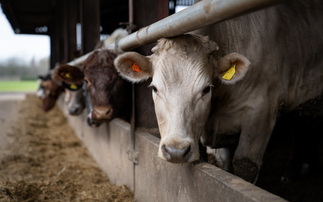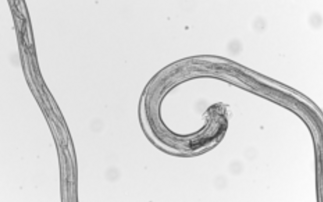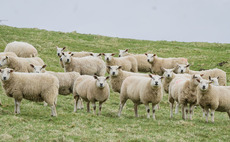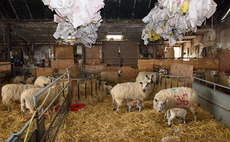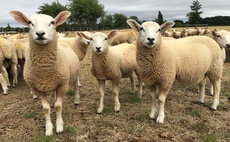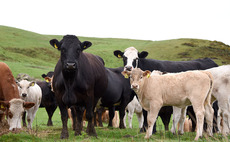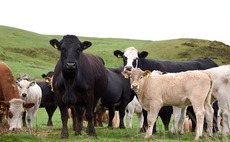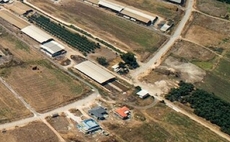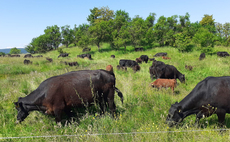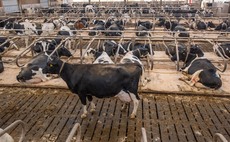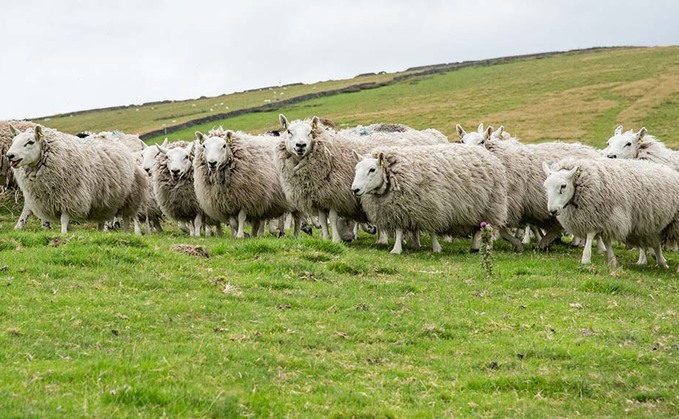
The recent Animal Health Distributors Association (AHDA) conference focused on anthelmintic resistance and the prescribing process. Ellie Layton reports.
Changes in climate have led to a shift in parasite behaviour and Dave Bartley, of Moredun, said this meant a change in mindset for the use of anthelmintics was required.
He said there were several issues to consider when it came to changing anthelmintic use protocols, including food security and issues arising from the Health and Welfare Pathway, but he also said that special consideration needed to be given to the change in the behaviour of the parasite themselves.
He said: Where and when we see parasites over the past 20 years has changed considerably, but more often than not treatment has stayed relatively similar.
In particular, he said that warmer weather patterns had affected parasite behaviour and the traditional seasons were also shifting.
Since the 1960s the grazing period has increased by 30 to 60 days depending on location, which has extended the opportunity for parasite contamination within the pasture.
And traditionally nematodirus has been seen in the south of the country in the spring. However, it is now seen all around the country and is seen into the summer months.
He said it was possible to keep an eye on these sort of changes through the use of faecal egg counts.
Mr Bartley also warned that the transportation of sheep could also increase the chance of new parasites on farms and this was where quarantine was paramount.
He said: Fifty per cent of farmers do not quarantine and half of those do not treat appropriately.
Advice for quarantine procedures from Sustainable Control of Parasites in Sheep (SCOPS)
- Yarding
Yarding for 24-48 hours minimises the number of worm eggs in the gut of the incoming sheep being dropped on pasture and allows time for treatment to work. It also gives time to think about what actions to take for sheep scab and liver fluke. In addition, you can check them over for other conditions such as lameness or orf. - Worming with more than one product
Using more than one wormer reduces the chances of any resistant worms surviving treatment. The gold standard uses the two newest products Group 4-AD (orange) and Group 5-SI (purple). The silver standard uses one or other of these two newer products with a group 3-ML (clear) wormer or injectable if you decide that you wish to cover sheep scab with the treatment. - Treating with multiple products
If giving two drenches, two drench guns and packs should be used so the doses can be given sequentially. Check the dose rate for the weight of the heaviest sheep in the group and calibrate both guns. Then you can either give them one after the other to each sheep, or go down the race with one and then the other but never mix products together. - Turning sheep on dirty pasture
This is important because if any resistant worms do survive they will not be on clean pasture. Turning out to pasture that has carried sheep previously means any survivors will be diluted by other worms as the incoming sheep pick up the worms present on the pasture. It is the resident flock that these protecting methods are for. - Quarantining for three to four weeks
This is important for wider health issues as well as the parasite programme. It gives time for conditions such as CODD to become apparent as well as an opportunity to test that your worming treatments were effective and assess sheep scab. Vet or adviser advice can be pursued if needed in the meantime.
RAMAs role in Animal Health and Welfare Pathway
A report by the Veterinary Medicines Directorate (VMD) has highlighted the important role Registered Animal Medicine Advisors (RAMAs) have in the success of the Animal Health and Welfare Pathway.
This was the message from AHDA chair, Bryan Lovegrove, who said the report showed that 86 per cent of animal health products were sold over the counter through retail and only 18 per cent were sold through veterinary surgeries.
Mr Lovegrove said: This has shone a spotlight on the importance of RAMAs giving professional and effective advice to farmers when buying animal health products.
Through Defras Animal Health and Welfare Pathway, vets will receive Government funding directly in response to assisting farmers through signing off health plans, but Mr Lovegrove said he wanted to ensure that RAMAs responsibilities were also recognised in the process.
Mr Lovegrove said: We are currently looking at alternate ways to prescribe with animal welfare at the forefront.
Products like drenches may be sold with a prescription record, which is audited by retail stores.
This will tie in with health plans which are required by the new pathway, so that products are not overused and administered at the correct time of year.









